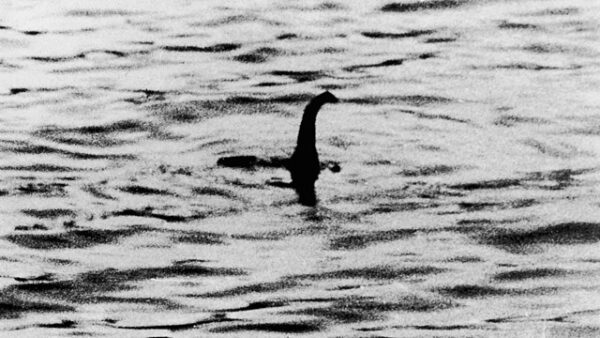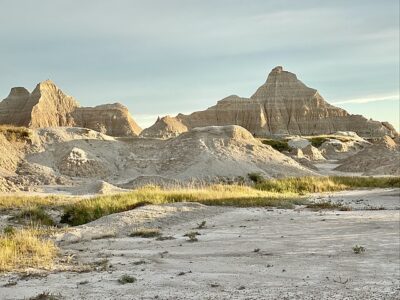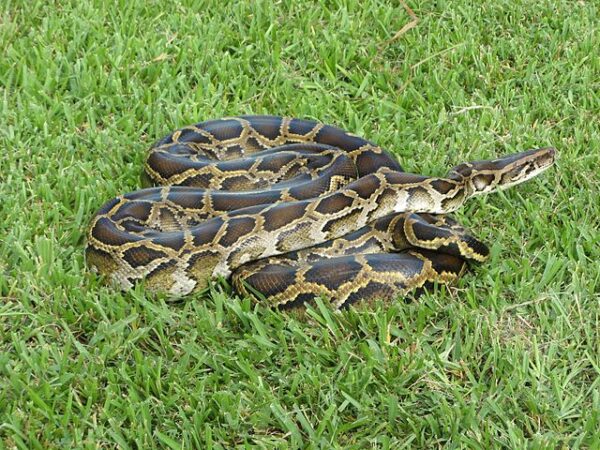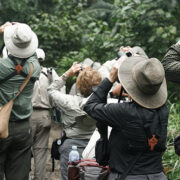
The Loch Ness Monster, often affectionately referred to as “Nessie,” is a legendary creature said to inhabit Loch Ness, a large freshwater lake in the Scottish Highlands. The lore surrounding the Loch Ness Monster dates back centuries, with the first recorded sighting of a mysterious creature in the lake dating back to around 565 AD. However, in the 20th century, the legend gained widespread attention due to a surge in reported sightings and alleged photographic evidence.
Descriptions of the Loch Ness Monster have varied over time, but many accounts depict a large, dinosaur-like creature with humps that occasionally break the water’s surface.
The scientific community remains largely skeptical of her existence, but that did not stop the most extensive search for her recently; this time, the researchers were deploying every technology available.
The Loch Ness Center said researchers would try to seek evidence of Nessie using thermal-imaging drones, infrared cameras and a hydrophone to detect underwater sounds in the lake’s murky waters. The two-day event is being billed as the biggest survey of the lake in 50 years, and includes volunteers scanning the water from boats and the lakeshore, with others around the world joining in with webcams, reports The Associated Press.
Alan McKenna of the Loch Ness Center said the aim was “to inspire a new generation of Loch Ness enthusiasts.”
McKenna told BBC radio the searchers were “looking for breaks in the surface and asking volunteers to record all manner of natural behavior on the loch.”
McKenna told BBC radio the searchers were “looking for breaks in the surface and asking volunteers to record all manner of natural behavior on the loch.”
Even with all the machines and added manpower, according to NBC News, “the gathering at Loch Ness was as much about reviving old lore as settling hard science. Organizers said they planned the weekend to excite interest in the legend among a new generation of Nessie hunters.
“It’s about inspiration,” said Alan McKenna, the head of Loch Ness Exploration, an independent research group based on the lake’s shores that planned the event as a kind of call for volunteers. “For very selfish reasons I don’t want the Loch Ness mystery or interest in Loch Ness itself to diminish in any way whatsoever at all.”
Those “selfish” reasons don’t include a commercial motive, said McKenna, who added that he is also an unpaid volunteer. Though the legend could bring in as much 41 million pounds (about $52 million) each year to Scotland’s economy, according to one 2018 study reported by Scotland’s Press and Journal newspaper, enthusiasts like McKenna say the search is really just about having fun, keeping faith and exploring the natural world.”
Nessie was still hiding this time around, but the BBC wrote that in 2019, scientists stated the creatures behind repeated sightings of the fabled monster may be giant eels.
Either way, the hunt will continue and her legend will only grow.
[Read More: Fish and Wildlife Called For Backup When They Found This]










To Hunt Nessie why not do these:
o Towed sonar by drone boats
o Drons subs with sonar, cameras
o shoreside Obervation posts
o Airborne drones to scan area with cameras
o Map Loch area.
o Track places Nessiie seen Most since day 1
o Tour boat with sonar & sensors roving over Loch